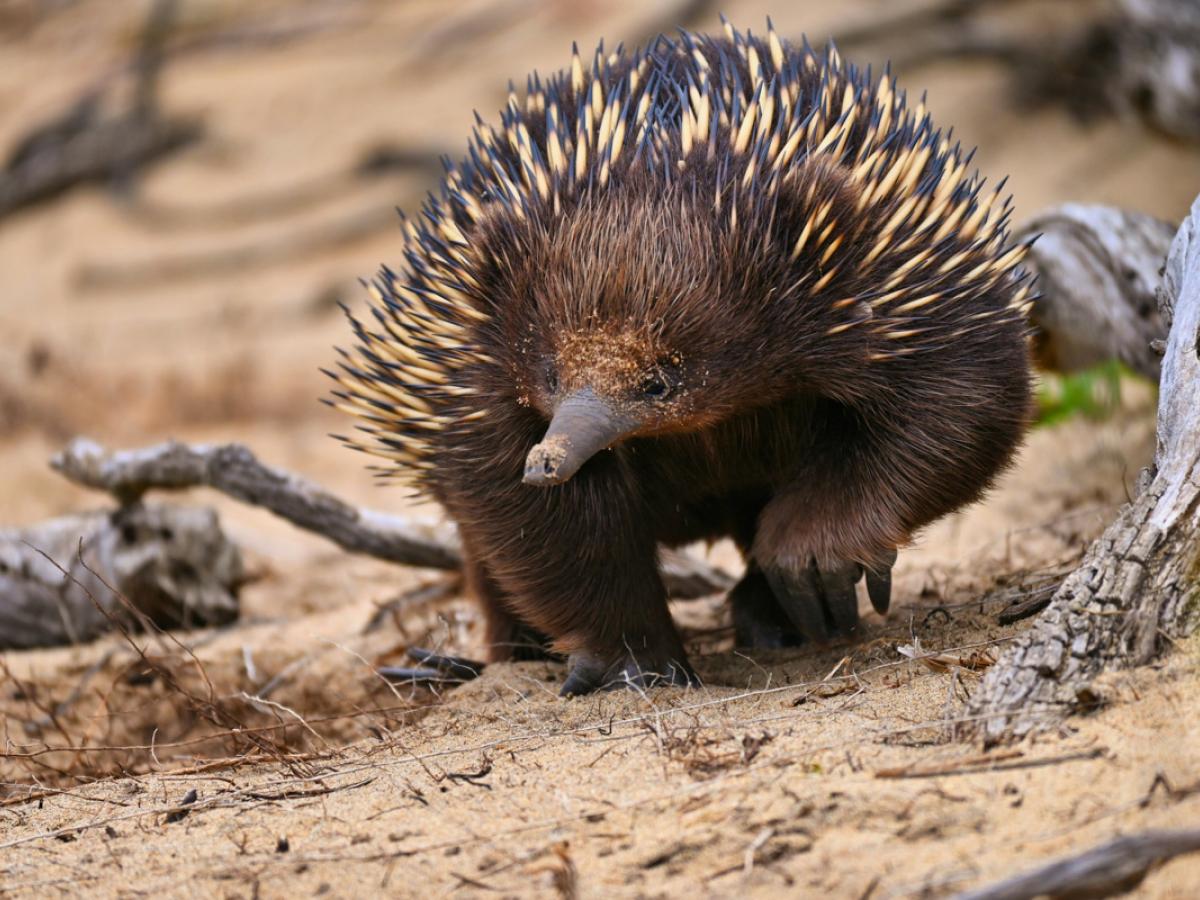The identification of a key gene in monotremes has increased our understanding of why the stomachs of platypuses and echidnas are atypically small, non-acidic, and, in the instance of platypuses, lack a pyloric sphincter.

Photo credit: Enguerrand Blanchy.
Called Nkx3.2, the gene was inactivated in the common ancestor between platypuses and echidnas and this change occurred likely tens of millions of years ago.
"Work from our lab previously had shown that the platypus and echidna had lost the genetic instructions for proteins that break down food and secrete stomach acids, but to me this didn't explain the drastic shift in their stomach anatomy relative to other animals," says lead author Jackson Dann, a PhD student in the University of Adelaide's School of Biological Sciences.
"Thanks to novel repositories of genetic data, and physical specimens we had at the lab, we were able to discover that Nkx3.2 wasn't functional in monotremes and that this inactivating event contributed to the evolution of their unique body plans."
Monotremes, which are egg-laying mammals, are the oldest living mammalian lineage, and this finding by University of Adelaide sheds new light on their evolutionary trajectory.
Though monotreme stomachs look significantly different from those of other mammals, some fish species also have similar stomachs.
"It's likely there is some overarching ecological factor we're missing as to why these species have lost their stomach. It's otherwise surprising that we would see these drastic shifts in stomach anatomy in monotremes and then the next closely related species are loose groups of fish," Jackson says.
Jackson and his team made their finding through analysis of genetic data, which gave insights into how the monotreme stomach evolved, as well as how it develops in the foetal period.
This research paper, published in Open Biology, was based on Jackson's fascination with the evolution of unique animal body plans.
According to Jackson, the more we know about monotremes - and all Australian fauna - the more we can appreciate their role in their ecosystems and celebrate their eccentricities.
"There are fantastic efforts led by my colleagues, Dr Tahlia Perry, Isabella Wilson, and my supervisor, Professor Frank Grützner, into engaging and educating the public about monotreme biology and conservation, such as through EchidnaCSI," says Jackson.
"A better understanding of these unique and iconic species provides a significant contribution to Australian ecology and culture, they help us understand more about mammals, including ourselves."






